The future fleet potential of hydrogen-powered cars and vans hangs in the balance, because of the need to develop a refuelling network.
However, the opening of the UK’s first public hydrogen refuelling station at Honda’s manufacturing facility in Swindon demonstrates how the infrastructure could be evolved.
Built and operated by industrial gases company BOC, the new station is open to anyone developing or using hydrogen-powered vehicles . It is the result of a partnership between Honda, BOC and Forward Swindon.
Fleets will not purchase hydrogen vehicles without being confident that there will be a refuelling network; yet the big fuel companies will not invest in new facilities while there are no hydrogen cars are on the road.
The £500,000 Swindon filling station aims to break this impasse by providing a glimpse of the future, while creating a strategic link half way along the M4 between London and Swansea. As a fully operational, commercial-scale station, it is a solution that could be replicated across the country.
It looks just like a normal filling station and the time to fill a vehicle is comparable with conventional fuels. The Honda FCX Clarity, for example, takes less than five minutes.
Mike Huggon, managing director of BOC in the UK and Ireland, said: “If someone came to Swindon to fill-up tomorrow, the cost of refuelling would be comparable with the cost of diesel for the same mileage.”
However, there is no market price yet for hydrogen.
In California, hydrogen can be bought at $3.99 (£2.56) a kilo, meaning a Clarity that takes 3.92kg costs around $16 (£10.28) to fill up. Considering the Clarity’s claimed combined mileage of 270 miles that equates to $0.05 (3p) per mile.
In the UK it is a different story; the industry hydrogen can be bought for around £9 a kilo – equivalent to 13ppm for the Clarity.
Meanwhile, the University of Birmingham – a centre of fuel cell research – pays around £20 a kilo, because its hydrogen is produced from renewable resources. That would equate to 29ppm.
Honda unveiled the Clarity in 2007 while Hyundai’s ix35 fuel cell vehicle is now in its third generation and Toyota has modified its Highlander SUV to run on hydrogen.
Mercedes-Benz also recently said it would launch a mass-produced fuel cell car in 2014 likely to be based on the next-generation B-Class model.
But, while manufacturers develop fuel cell vehicles, infrastructure remains key to fleets becoming adopters.
A report from Pike Research says that the number of hydrogen refuelling stations will soar from 200 worldwide in 2010 to around 5,200 by 2020.
Professor Kevin Kendall, a hydrogen and fuel cell expert from Birmingham University, predicts there will be 30-40 hydrogen stations in England by 2015.
Fleets are already involved in HFuel trials, a self-contained module suitable for refuelling hydrogen-powered road vehicles, developed by ITM Power.
Meanwhile, Shropshire and Herefordshire councils have signed a deal with Riversimple, which will allow businesses to trial 30 of its two-seater fuel cell car. And niche carmaker Microcab has launched its new H2EV fuel cell vehicle and will supply a fleet of H2EV hydrogen-powered cars to the West Midlands CABLED (Coventry and Birmingham Low Emission Demonstrator) programme to allow its model to be tested in real-world driving situations.
These trials come in the wake of the Technology Strategy Board, a business-led Government body, announcing funding of up to £7.5m in collaborative research and development projects involving fuel cells and hydrogen energy systems.
Successful projects will generally attract up to 50% public funding and it expects the total cost of each project to be £3-5million.

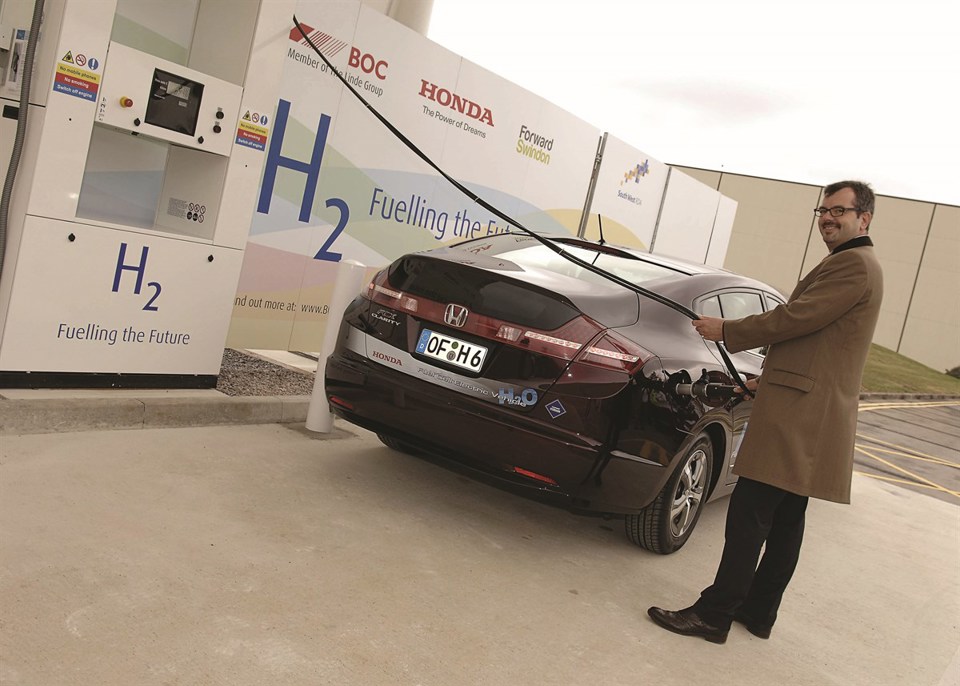



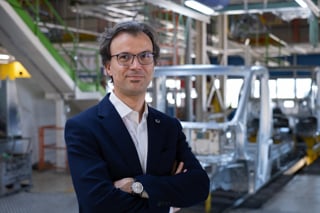
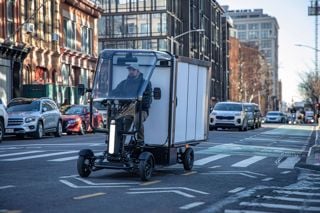
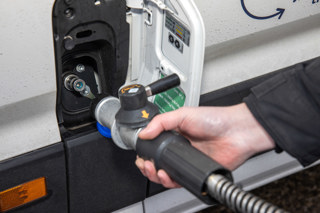
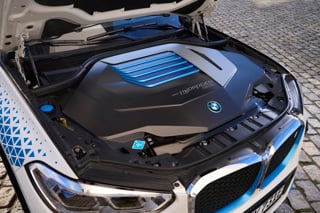
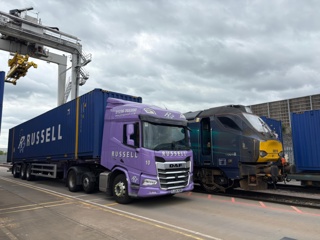











Login to comment
Comments
No comments have been made yet.